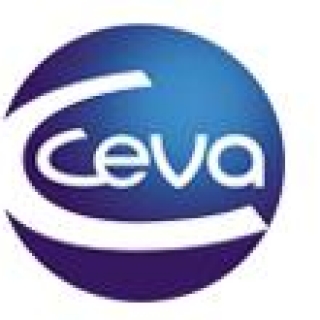Negotiators from the European Parliament, Council and Commission have reached a preliminary political agreement on the Commission's proposal from March 2016 which built on the Commission's 2015 Circular Economy Action Plan.
The new rules will facilitate the access of organic and waste-based fertilisers to the EU Single Market. It also introduces limits for cadmium and other contaminants in phosphate fertilisers. This will help to reduce waste, energy consumption and environmental damage, as well as limit the risks to human health.

The main elements of the new rules are:
- Opening the Single Market for organic fertilisers: The agreement on the Fertilising Products Regulation will open the market for new and innovative organic fertilisers by defining the conditions under which these can access the EU Single Market. The Regulation will provide common rules on safety, quality and labelling requirements for all fertilisers to be traded freely across the EU. Producers will need to demonstrate that their products meet those requirements before affixing the CE mark.
- Introducing limit values for toxic contaminants in certain fertilisers:The Regulation for the first time introduces limits for toxic contaminants, including a new 60 mg/kg limit for cadmium which will be further reviewed 4 years after the date of application. This will guarantee a high level of soil protection and reduce health and environmental risks, while allowing producers to adapt their manufacturing process to comply with the new limits. To encourage the use of even safer fertilisers, producers will also be able to use a low-cadmium label applicable to products with less than 20mg/kg cadmium content. These rules will affect those fertilisers that choose to affix CE marking.
- Maintaining optional harmonisation:The Regulation also offers the possibility to opt for optional harmonisation. A manufacturer who does not wish to CE-mark the product can choose to comply with national standards and sell the product to other EU countries based on the principle of mutual recognition.
Next steps
The preliminary political agreement reached by the European Parliament, Council and Commission in so-called trialogue negotiations has today been confirmed by the Member States' representatives and is now subject to formal approval by the European Parliament and Council. The Regulation will then be directly applicable in all Member States and will become mandatory in 2022.
Background
Under the 2015 Circular Economy Action Plan, the Commission called for a revision of the EU regulation on fertilisers to facilitate the EU-wide recognition of organic and waste-based fertilisers. The sustainable use of fertilisers made from organic waste material in agriculture could reduce the need for mineral-based fertilisers, the production of which has negative environmental impacts, and depends on imports of phosphate rock, a limited resource.
Under current rules, only conventional, non-organic fertilisers, typically extracted from mines or produced chemically can freely be traded across the EU. Innovative fertilising products produced from organic materials are outside the scope of the current Fertilisers Regulation. Their access to the single market is therefore dependant on mutual recognition between Member States, which is often difficult due to diverging national rules. Such products therefore have a competitive disadvantage which hampers innovation and investment in the circular economy.
According to estimates, if more bio-waste was recycled, it could replace up to 30 % of non-organic fertilisers. Currently, the EU imports around 6 million tonnes of phosphates a year but could replace up to 30% of this total by extraction from sewage sludge, biodegradable waste, meat and bone meal or manure.
The Commission has also recently presented a new Bioeconomy Strategy, as announced by President Juncker and First Vice-President Timmermans in their letter of intent accompanying President Juncker's 2018 State of the Union Address, which will further support the scaling up the sustainable use of renewable resources and boost jobs, growth and investment into a sustainable circular bioeconomy in Europe.
Wednesday December 12, 2018/ EC/ European Union.
http://europa.eu/rapid




